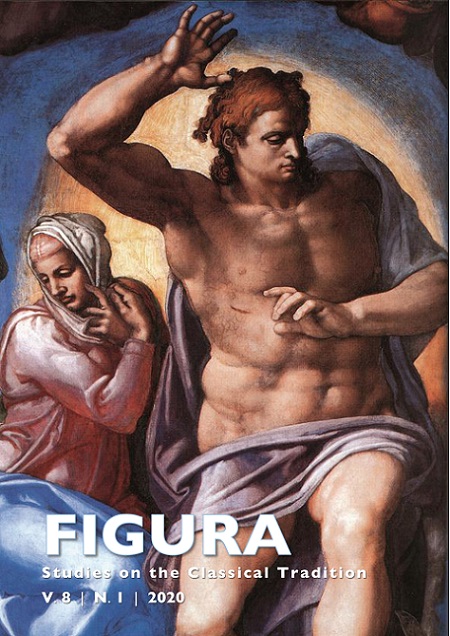Abstract
The Florentine artist Alessandro di Marianni di Vanni Filipepi, named Sandro Botticelli (1445-1510), painted between 1481 and 1482 two frescoes with Stories of Moses in the Sistine Chapel, in the Vatican, at the request of Pope Sixtus IV (1414-1484). This article attempts to elucidate the link between the Botticelliani frescoes and some historical and literary sources, such as the Fiorita, from the Carmelite friar Guido of Pisa, who, around 1328, wrote one of the first comments on Dante Alighieri’s (c.1265-1321) Comedy, but also the Treatise on painting, by Leonardo da Vinci (1452-1519). From the analysis of some iconographies and excerpts from these sources, perhaps it is appropriate to think on Botticelli’s compositional procedures and the discursive strategies of the artist in the intellectual debates of his time.

